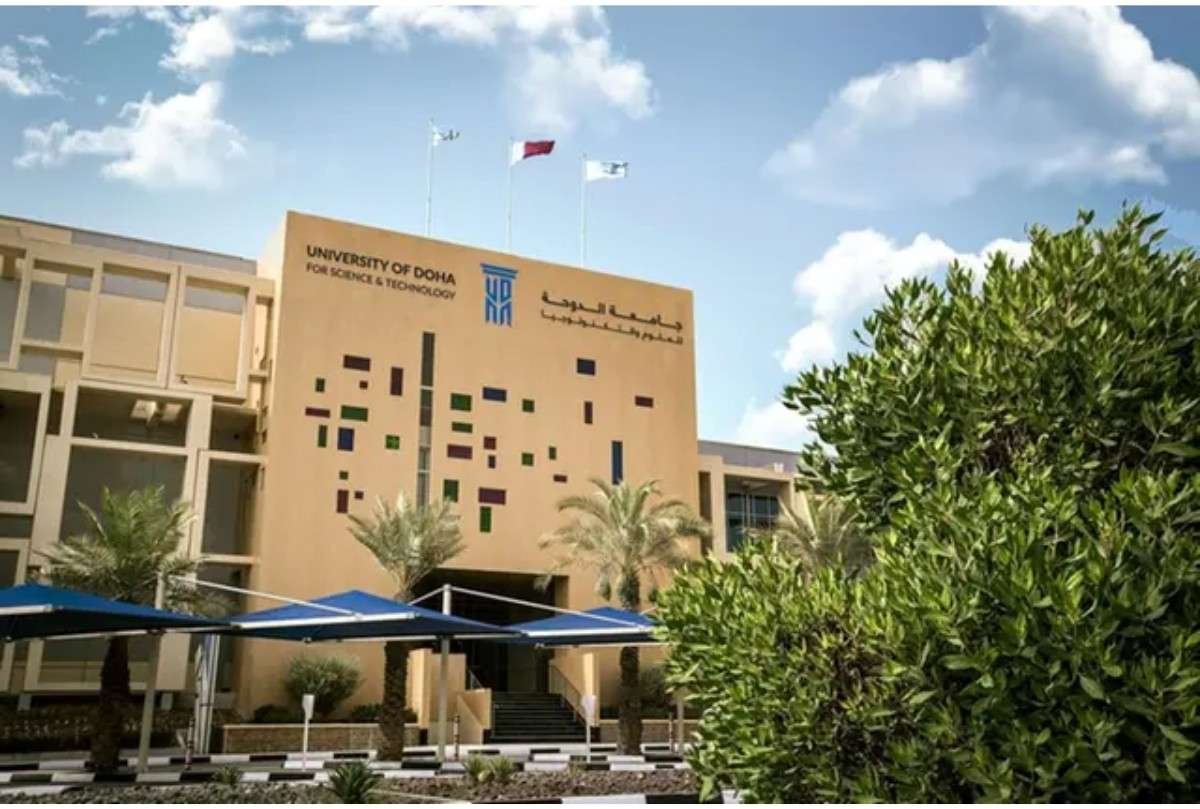Digital literacy, broadly defined, is the ability to responsibly navigate and utilize the digital landscape. More than a skill, it is an essential competency in today’s world, encompassing the ability to access, understand, and create information effectively through digital devices. Recognizing its critical importance, many countries have integrated digital literacy into school curricula, linking it closely to national economic growth. As communication and information technologies rapidly evolve, challenges such as cybersecurity emerge that require attention and informed responses.
The Nepalese government prioritizes developing guidelines for responsible media and social media use. However, cybercrime remains difficult to tackle, largely due to the population’s limited digital literacy. For instance, the government’s decision to ban TikTok underscores the significant influence of social media platforms. Ultimately, enhancing users’ digital literacy is the fundamental solution to cyber-related issues. Despite internet access reaching 91 percent of Nepal’s population, only 31 percent are considered digitally literate, according to Nepal Rastra Bank’s 2022/23 survey. Digital literacy involves not only internet usage but also information, visual, media, and meta literacy.
The 15th National Plan introduced the Digital Nepal framework as a transformative initiative. Yet, its implementation across sectors such as education, health, agriculture, energy, tourism, and urban infrastructure has been limited. Digital education initiatives in some rural schools have not yet achieved widespread impact. Digital literacy supports students in adapting to a changing world, promoting skill development, employment, and economic growth. It requires the ability to manage information swiftly and discern credible sources. Poor digital literacy impedes development.
In today’s interconnected world, digital literacy is a fundamental skill that turns anyone with a device into a global citizen. Through digital communication tools like email, social media, and videoconferencing, individuals expand their awareness and opportunities. Cyber literacy also improves communication skills and overall digital equity. Online safety, social engagement, and educational progress are deeply tied to digital literacy, which touches all aspects of life. Developed nations are even employing cyberattacks as strategic tools, underscoring the importance of cyber readiness. Digital tools enrich learning by offering interactive multimedia experiences both inside and outside the classroom.
To advance digital literacy in Nepal, it is crucial to formally integrate digital education into school curricula from the earliest levels. The Ministry of Education, Science and Technology must develop clear strategies to promote computer literacy beyond formal education, including informal sectors. Investment is needed to equip community schools with digital infrastructure and hire trained IT instructors. Students should learn how to use apps, hyperlinks, and digital tools early on, building a solid foundation. Teaching parents about online safety is equally important, fostering a safer digital environment and reducing cybercrime.
The benefits of digital literacy manifest over time but have profound long-term effects. Teachers at all levels should possess basic ICT knowledge and awareness. Higher education institutions must incorporate ICT literacy into their programs and train specialized ICT personnel. The education sector must embrace digital transformation as both an opportunity and challenge.
Furthermore, Nepal Police’s cyber bureau can lead public awareness campaigns on online safety. The government should establish a technical task force—including educators, parents, ICT experts, local leaders, and advisors—to promote digital literacy nationwide. Local education units can play a vital role in implementing federal digital literacy initiatives effectively.
Embracing digital literacy empowers Nepal to meet the demands of a changing world and seize opportunities in the digital age.















